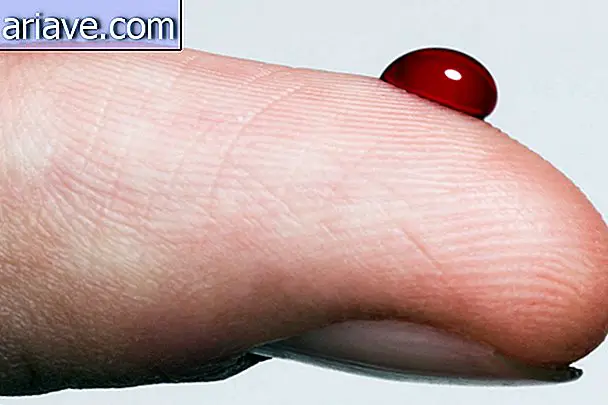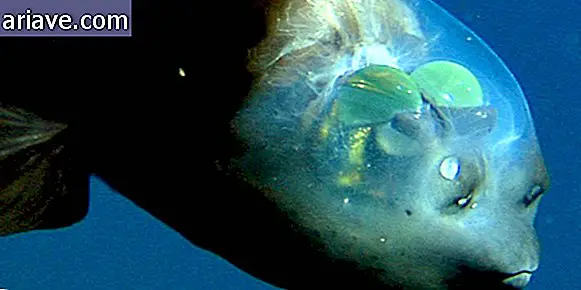Dogs have intelligence equal to babies; see this and 13 other canine facts
1. Dogs are as smart as a baby
They can comprise up to 250 words, some numerals and even simple mathematical calculations. Researchers indicate that they have intelligence equal to that of a 2-year-old child.

2. Can't dogs see colors?
This is a very popular myth, but in fact dogs can see colors very softly. It is very similar to our vision during twilight.

3. The Beatles recorded a sound for the dogs.
In the Liverpool quartet track “A Day in Life”, a very high-pitched whistle was inserted to honor a Paul McCartney dog. This sound, however, is not audible by humans.

4. Fingerprint on the tip of the nose
Just as humans distinguish themselves from each other through fingerprints, so do dogs: the difference is that this unique feature is on their nose, which bears no resemblance to any other dog.

5. Dogs don't like hugs
For humans and primates, the hug is a sign of affection. For dogs, however, putting their arms behind their necks shows domination, which is something they are unlikely to accept with ease.

6. Dogs turn to sleep on instinct
In the wild, dogs circled before bed to flatten the grass and make a kind of walk. Even after tamed, this instinctive practice prevails.

7. Powerful Noses
In addition to being your "fingerprint, " dogs' noses are extremely powerful: while humans have about 5 million olfactory cells, dogs are believed to have up to 220 million! That's why your sense of smell is so refined.

8. The oldest dog in the world
Dogs live on average 15 years, but they can exceed this age if they are well cared for. A puppy named Bluey, who helped her owner take care of cattle in Australia, has reached an impressive 29 years!

9. Dogs can sniff out diseases
With their refined sense of smell, dogs can "diagnose" diseases such as cancer, diabetes and epilepsy. Studies indicate that this feature would be that they can detect the smell of abnormal proteins in the body of sick people.

10. Metropolitan Dogs
To prove the intelligence of some puppies, a study in Moscow, Russia, found that some mutts learned to ride the subway for food scraps in different parts of the city.

11. They have three eyelids
In addition to the upper and lower eyelids, dogs have another eyelid called the nictitating membrane, which keeps their eyes moist and free of foreign bodies.

12. Excellent smell compensates for poor taste
Dogs differentiate food by smell, as their taste buds are poorly developed. So much so that humans have up to five times more papillae than dogs.

13. Diversity is your biggest brand
Dogs are incredibly diverse in their shape and body size. To give you an idea, the skulls of a collie and a Pekingese are as different from each other as the skull differences of a cat and a walrus, for example.

14. Fossilized Dog
The oldest fossil of a domesticated dog dates from 33, 000 years ago and was found in Siberia during the 1970s.

* Posted on 8/31/2016











